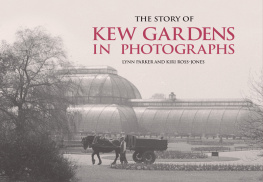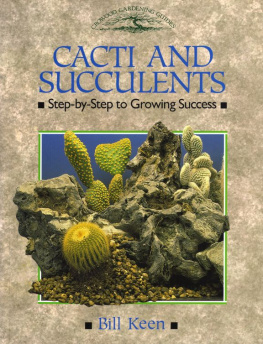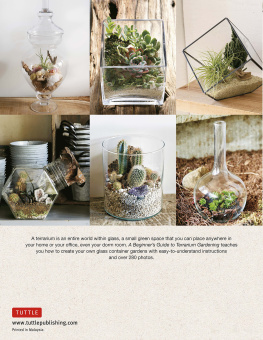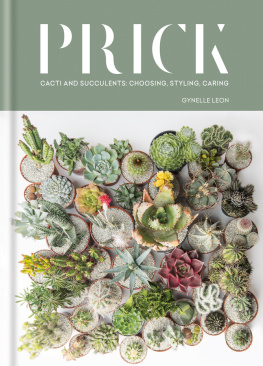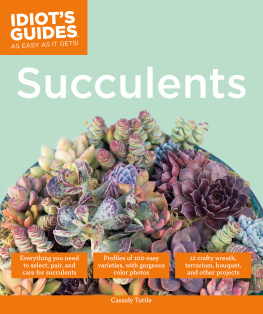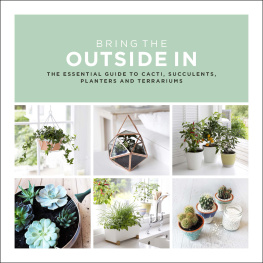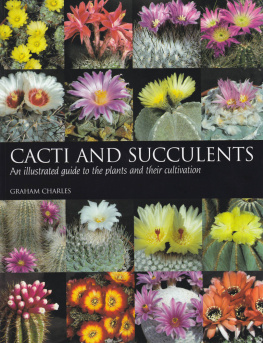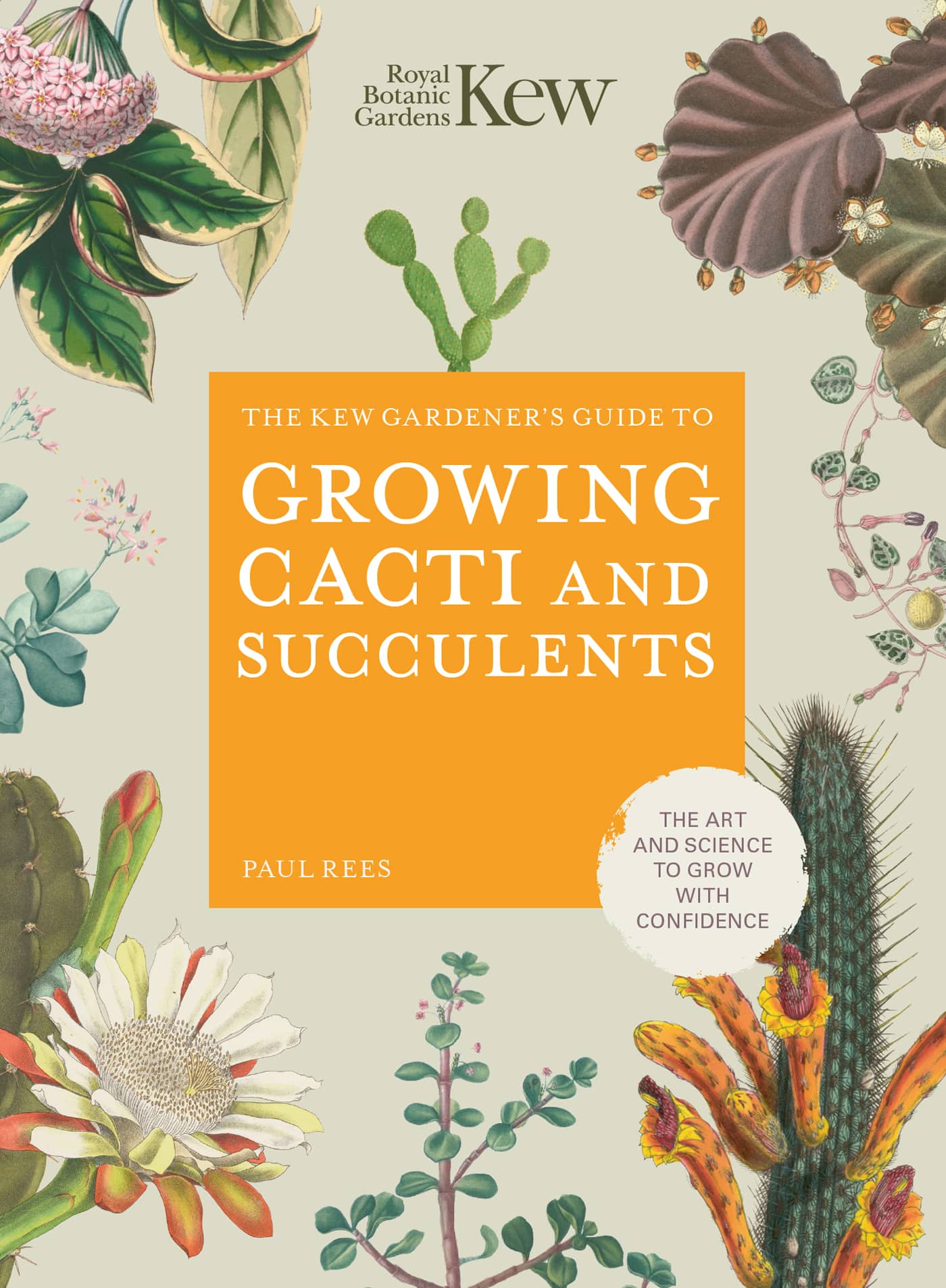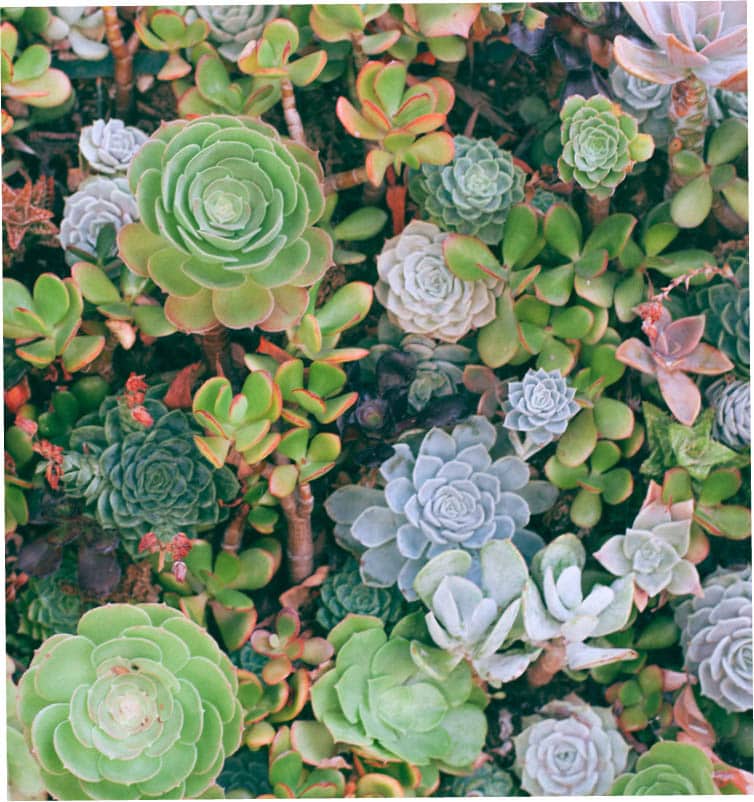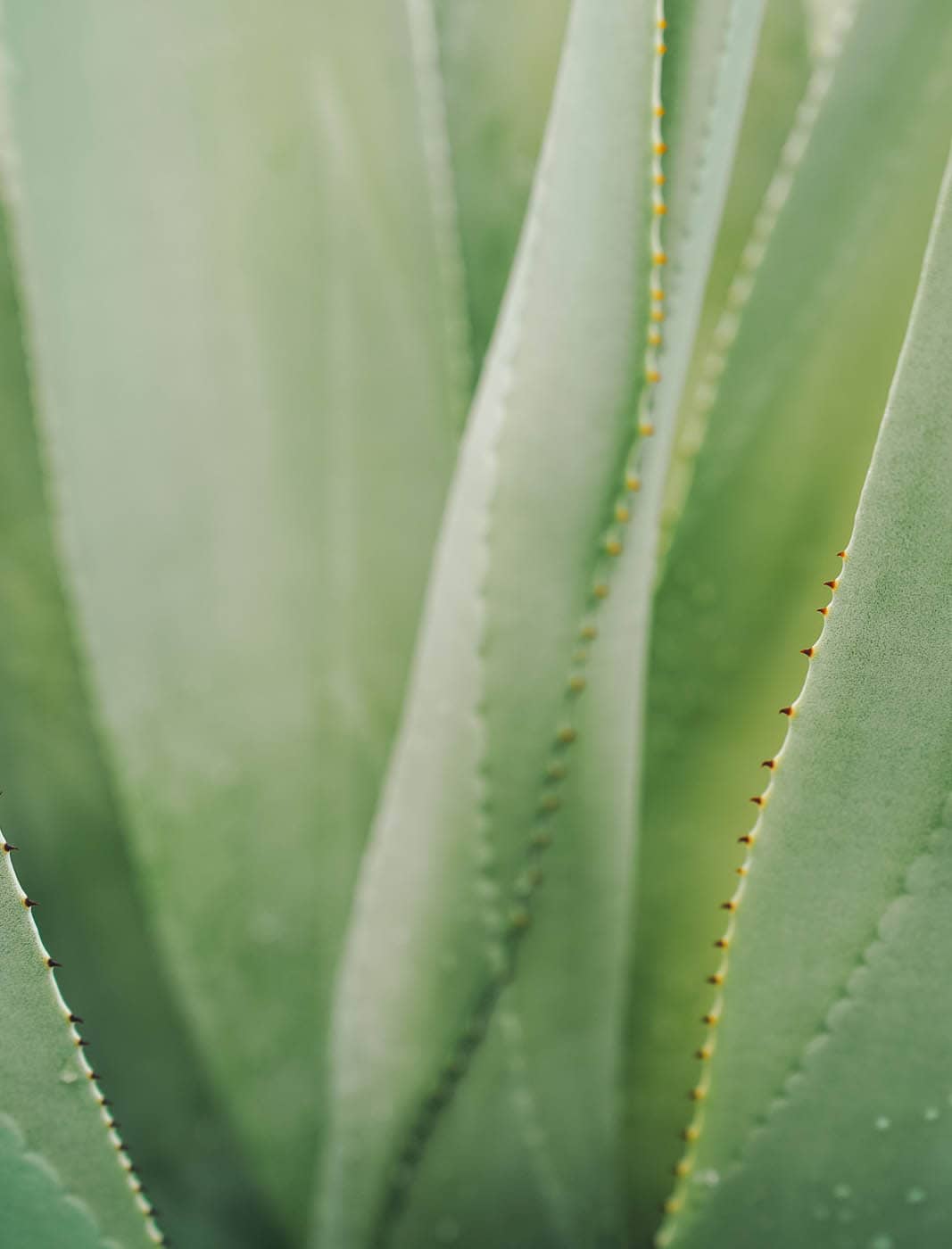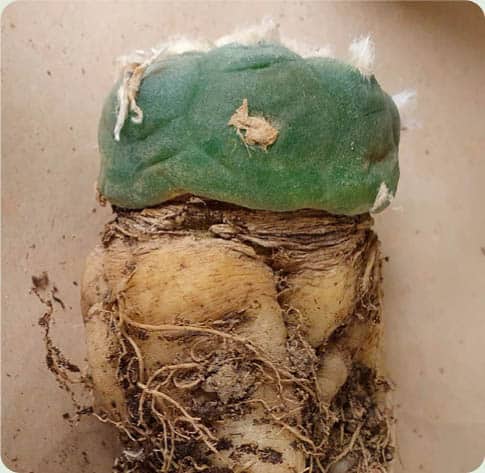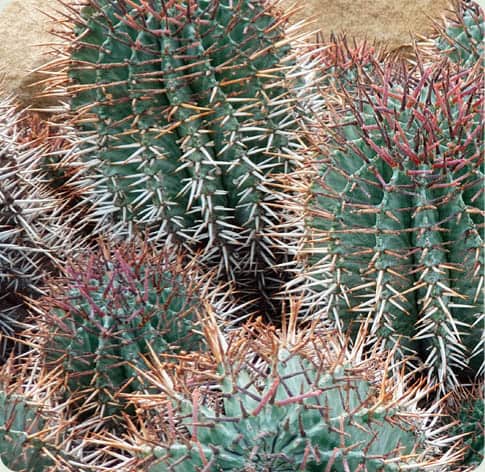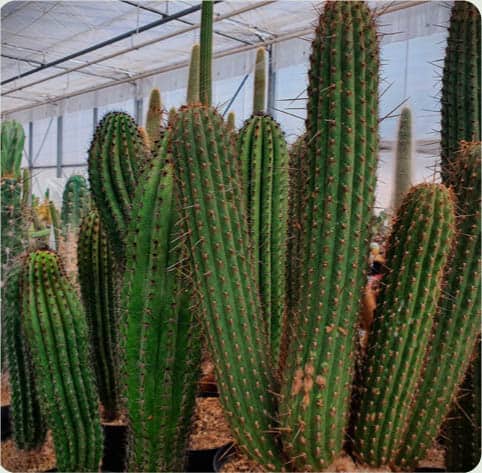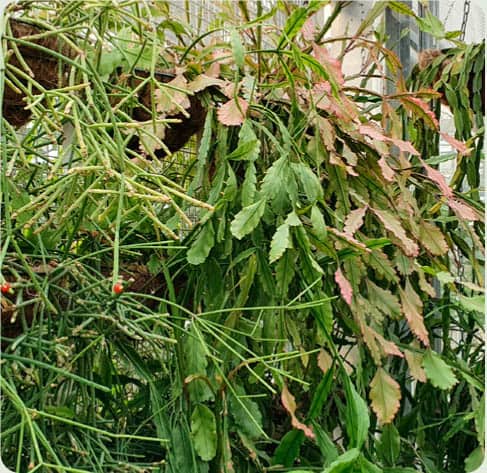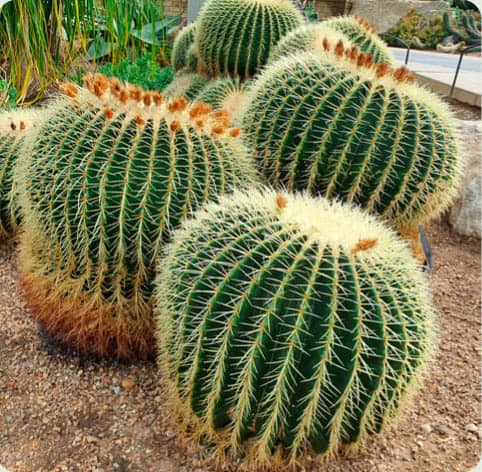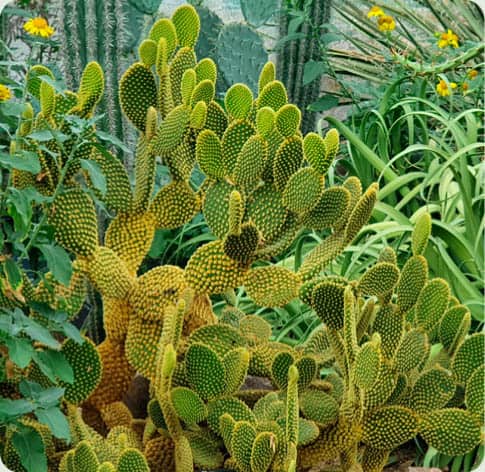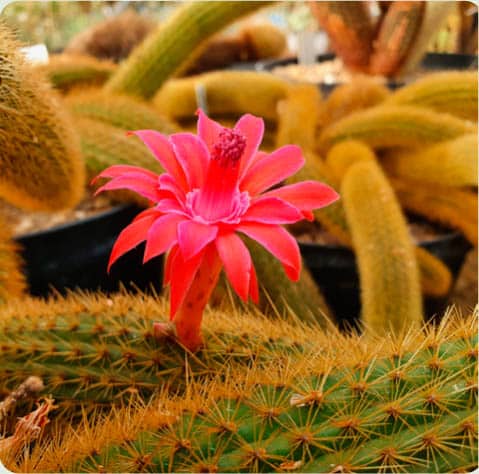Royal Botanic Gardens Kew - Kew Gardeners Guide to Growing Cacti and Succulents
Here you can read online Royal Botanic Gardens Kew - Kew Gardeners Guide to Growing Cacti and Succulents full text of the book (entire story) in english for free. Download pdf and epub, get meaning, cover and reviews about this ebook. year: 2023, publisher: Frances Lincoln, genre: Home and family. Description of the work, (preface) as well as reviews are available. Best literature library LitArk.com created for fans of good reading and offers a wide selection of genres:
Romance novel
Science fiction
Adventure
Detective
Science
History
Home and family
Prose
Art
Politics
Computer
Non-fiction
Religion
Business
Children
Humor
Choose a favorite category and find really read worthwhile books. Enjoy immersion in the world of imagination, feel the emotions of the characters or learn something new for yourself, make an fascinating discovery.

- Book:Kew Gardeners Guide to Growing Cacti and Succulents
- Author:
- Publisher:Frances Lincoln
- Genre:
- Year:2023
- Rating:4 / 5
- Favourites:Add to favourites
- Your mark:
Kew Gardeners Guide to Growing Cacti and Succulents: summary, description and annotation
We offer to read an annotation, description, summary or preface (depends on what the author of the book "Kew Gardeners Guide to Growing Cacti and Succulents" wrote himself). If you haven't found the necessary information about the book — write in the comments, we will try to find it.
This inspirational book from Kew Gardens cacti and succulents expert is the perfect guide to growing and maintaining a wide variety of these fascinating plants.
Indoors or outside, in the smallest spaces or as features in large gardens, succulents and cacti are popular in homes and gardens all across the world, regardless of climate. Theyre resilient, beautiful and easy to care for as long as youre armed with the right knowledge.
Packed with information and inspiration, and with the guiding authority and expertise of the Royal Botanic Gardens, Kew, this book teaches you everything you need to know about 50 speciments of succulents and cacti, from ideal humidity, light and temperature, to maintenance instructions so that your plants can thrive.
This book also contains 12 easy-to-follow projects for you to carry out at home, so you can grow a vibrant array of succulents and cacti for your home, whether you are a complete beginner or a keen enthusiast.
Combining beautiful botanical illustrations and practical advice, The Kew Gardeners Guide to Growing Succulents and Cacti is the definitive introduction to growing these wonderful plants.
This book is from the Kew Experts series, in which the top gardeners and botanical scientists from Royal Botanic Kew Gardens offer up advice and information as well as suggesting handy projects on a range of gardening topics. Other titles include: Companion to Medicinal Plants, Guide to Growing Bulbs, Guide to Growing Fruit, Guide to Growing Orchids, Guide to Growing Herbs, Guide to Growing Roses, Guide to Growing Trees, Guide to Growing Vegetables and Guide to Growing House Plants.
Royal Botanic Gardens Kew: author's other books
Who wrote Kew Gardeners Guide to Growing Cacti and Succulents? Find out the surname, the name of the author of the book and a list of all author's works by series.

